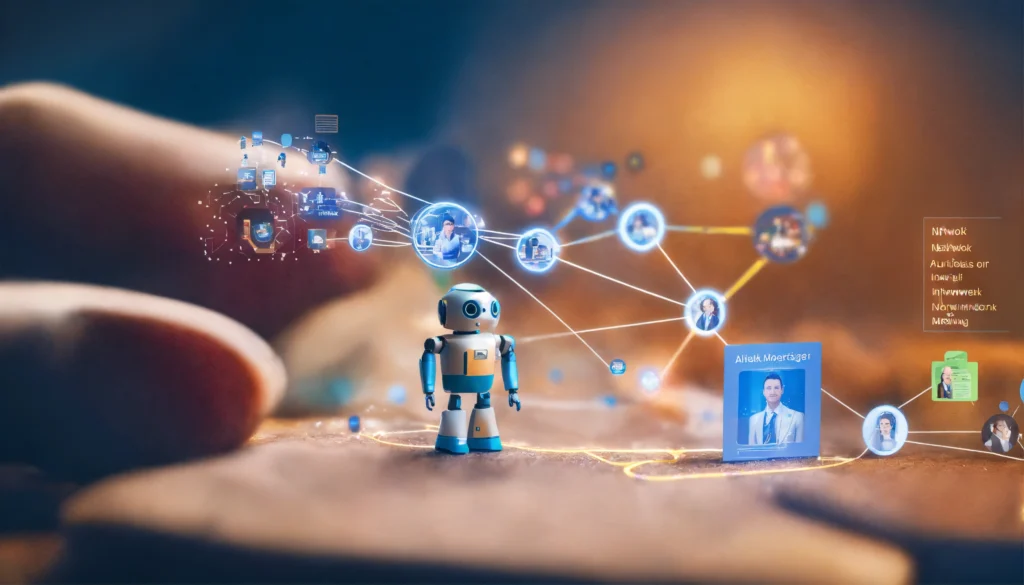AI Chatbots and Virtual Assistants
AI chatbots and virtual assistants are reshaping how businesses and individuals interact with technology, offering new levels of automation, personalization, and productivity. While these terms are sometimes used interchangeably, they represent distinct approaches to digital assistance, each with unique capabilities and applications.
AI Chatbots and Virtual Assistants
ChatGPT
Developed by OpenAI, ChatGPT is a conversational AI capable of answering questions, writing content, coding, and more.
Try ChatGPTGoogle Bard
Google’s AI chatbot built on Gemini, Bard can assist with search, summarization, creative writing, and real-time web results.
Try Google BardClaude
Claude by Anthropic offers a friendly and safe conversational assistant that understands context and handles long-form content well.
Try ClaudeMicrosoft Copilot
Integrated into Microsoft 365, Copilot assists with writing emails, summarizing meetings, and automating office tasks using AI.
Try CopilotReplika
A personal AI companion that can chat, support emotional well-being, and even roleplay. Popular in the mental wellness space.
Try ReplikaDrift
A business-focused chatbot platform that automates customer support and lead generation for websites using conversational AI.
Visit DriftAI Chatbots: The Digital Conversationalists
AI chatbots are computer programs designed to simulate human conversation, typically through text-based interfaces on websites, apps, and messaging platforms. Powered by artificial intelligence technologies such as natural language processing (NLP) and machine learning, modern chatbots can interpret user questions, understand intent, and generate relevant responses in a conversational manner.
- Primary Functions: Handling high-volume, repetitive tasks such as answering FAQs, providing basic support, or routing queries to the right department.
- Technology: Ranges from simple rule-based systems to advanced AI models that learn and improve over time.
- Limitations: Traditional chatbots are often limited to predefined scripts and may struggle with complex or context-dependent interactions.
AI Virtual Assistants: The Intelligent Taskmasters
AI virtual assistants are more advanced software agents that leverage AI, NLP, and machine learning to perform a wide range of tasks on behalf of users. Unlike basic chatbots, virtual assistants can understand both voice and text commands, manage context over longer conversations, and execute actions across multiple applications.
- Key Capabilities:
- Scheduling appointments
- Managing emails and reminders
- Automating data entry and workflow processes
- Providing personalized recommendations based on user preferences and past interactions
- Personalization: Virtual assistants adapt to individual users, learning from previous interactions to deliver more relevant and context-aware responses.
- 24/7 Availability: They offer round-the-clock support, ensuring no query goes unanswered, which is especially valuable in customer service settings
How They Work
Both AI chatbots and virtual assistants are powered by conversational AI—a combination of NLP, machine learning, and sometimes robotic process automation (RPA). These technologies enable them to:
- Parse and understand natural language inputs
- Retrieve or process information from integrated systems
- Generate human-like responses or perform actions based on user intent
Key Differences: Chatbots vs. Virtual Assistants
| Feature | AI Chatbots | AI Virtual Assistants |
|---|---|---|
| Complexity | Often rule-based, limited context | Advanced, maintain context over conversations |
| Task Scope | Simple, repetitive tasks | Complex, multi-step workflows |
| Personalization | Limited | High—learns and adapts to user preferences |
| Interaction Modes | Mostly text | Text and voice |
| Integration | Usually single app or website | Multiple apps, platforms, and devices |
Business Impact and Use Cases
- Customer Support: Automate responses, reduce wait times, and provide 24/7 assistance.
- Productivity: Manage calendars, reminders, and emails for individuals and teams.
- Sales and Marketing: Qualify leads, send personalized messages, and analyze customer data.
- Data Insights: Summarize conversations, generate reports, and suggest next steps.
The Future of AI-Powered Assistance
As AI models become more sophisticated, the line between chatbots and virtual assistants continues to blur. Modern virtual assistants are evolving into autonomous agents capable of handling increasingly complex tasks, integrating deeply with business systems, and providing proactive support.
AI chatbots and virtual assistants are no longer just digital novelties—they are essential tools driving efficiency, enhancing customer experiences, and transforming how we interact with technology.

